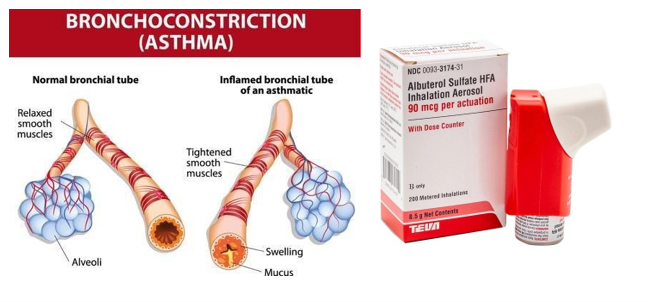During a routine clinic visit, the nurse determines that a 5-year-old girl's systolic blood pressure is greater than the 90th percentile. Which action should the nurse implement next?
Refer the child to the healthcare provider and schedule evaluation of blood pressure in two weeks.
Measure the child's blood pressure three times during the visit and determine the highest of the readings.
Conduct a head-to-toe assessment and omit repeated blood pressures during the examination.
Take the blood pressure two more times during the visit and determine the average of the three readings.
The Correct Answer is D
If a child's systolic blood pressure is greater than the 90th percentile during a routine clinic visit, the nurse should take the blood pressure two more times during the visit and determine the average of the three readings. This will provide a more accurate assessment of the child's blood pressure. Referring the child to the healthcare provider and scheduling an evaluation of blood pressure in two weeks
A. may be necessary if the child's blood pressure remains elevated, but it is not the next action that should be taken. Measuring the child's blood pressure three times during the visit and determining the highest of the readings
B. is not recommended because it may overestimate the child's blood pressure. Conducting a head-to-toe assessment and omitting repeated blood pressures during the examination
C. is not appropriate because it does not provide an accurate assessment of the child's blood pressure.
Nursing Test Bank
Naxlex Comprehensive Predictor Exams
Related Questions
Correct Answer is B
Explanation
Answer: (B) Counsel the client about the risks and benefits of using oral contraceptives.
Rationale:
(A) Encourage the client to discuss her need for contraceptives with her parents: Encouraging open communication with parents is important, but this action might not be the most appropriate in this context. The client has expressed a desire for confidentiality, and respecting her autonomy is essential, particularly when it comes to sensitive topics like sexual health.
(B) Counsel the client about the risks and benefits of using oral contraceptives: Providing counseling about the risks and benefits of oral contraceptives is the most appropriate action. It ensures the client is informed and able to make a decision that is right for her health and circumstances. The nurse can also discuss other contraceptive options and provide education on safe sex practices. This approach respects the client's autonomy and privacy while ensuring she receives the necessary information to make an informed choice.
(C) Explain that she needs parental approval to receive contraceptives: In many areas, adolescents have the right to obtain contraceptives without parental consent. Requiring parental approval might not only be legally incorrect but could also discourage the client from seeking necessary healthcare, potentially putting her at risk.
(D) Tell the client how to receive a variety of free oral contraceptives from the clinic: While providing information about accessing contraceptives is helpful, this option alone does not address the need for thorough counseling about the risks and benefits. It's important to ensure that the client understands the implications of using oral contraceptives and has the opportunity to ask questions and receive guidance tailored to her individual needs.
Correct Answer is B
Explanation
Albuterol is a beta-adrenergic agonist agent that is used to open the airways in people with bronchial asthma. The mother's use of this medication to open her son's airway when he is having trouble breathing is appropriate. Overuse of the drug may cause side effects, but it does not cause chronic bronchitis (A)
Albuterol helps to relax the muscles in the airways, but it does not reduce airway inflammation (C)There is no indication that the child needs immediate evaluation (D)

Whether you are a student looking to ace your exams or a practicing nurse seeking to enhance your expertise , our nursing education contents will empower you with the confidence and competence to make a difference in the lives of patients and become a respected leader in the healthcare field.
Visit Naxlex, invest in your future and unlock endless possibilities with our unparalleled nursing education contents today
Report Wrong Answer on the Current Question
Do you disagree with the answer? If yes, what is your expected answer? Explain.
Kindly be descriptive with the issue you are facing.
